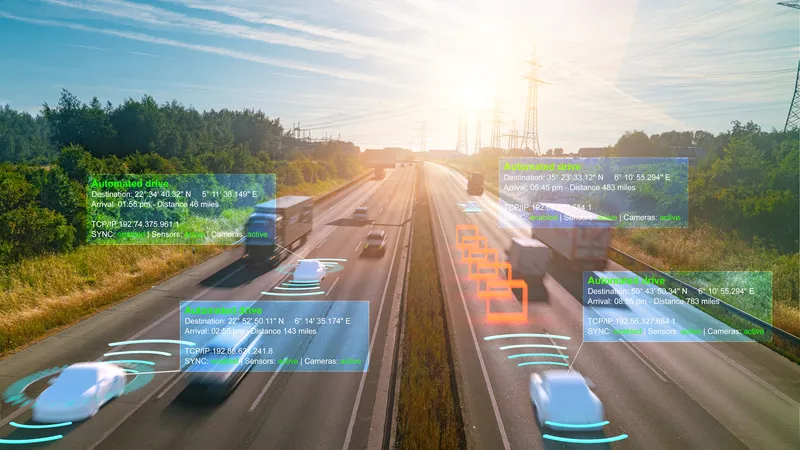A $US30 million plan to improve transport links in the UK town of Worcester has been given the go-ahead by local transport minister Norman Baker. The government is backing it with US22 million of funding. The project will improve access to rail travel, upgrade traffic signals and make it easier to walk and cycle in the area. Intelligent transport systems which provide better information to bus passengers and road users will also be installed and a smarter choice scheme will encourage transport users to look
February 21, 2013
Read time: 2 mins
A $US30 million plan to improve transport links in the UK town of Worcester has been given the go-ahead by local transport minister Norman Baker. The government is backing it with $US22 million of funding.
The project will improve access to rail travel, upgrade traffic signals and make it easier to walk and cycle in the area. Intelligent transport systems which provide better information to bus passengers and road users will also be installed and a smarter choice scheme will encourage transport users to look at alternatives to travel.
Norman Baker said, “This scheme will give the people of Worcester more convenient access to the city centre as well as providing an alternative means of accessing the city centre for people commuting by car. The $US22 million we are putting into this project shows that the coalition government is serious about investing in transport to create growth and cut carbon.”
The scheme includes intelligent transport systems on buses and on the local road network, including real time message signs at bus stops and variable message displays linked to city centre car parks improvements to railway station access, traffic signal upgrades, better public transport facilities, walking and cycling improvements and changes to on-street parking on five routes, as well as road junction improvements on the southern link road.
Work can now start on the first stages of the package with the final element due to open in March 2015.
The project will improve access to rail travel, upgrade traffic signals and make it easier to walk and cycle in the area. Intelligent transport systems which provide better information to bus passengers and road users will also be installed and a smarter choice scheme will encourage transport users to look at alternatives to travel.
Norman Baker said, “This scheme will give the people of Worcester more convenient access to the city centre as well as providing an alternative means of accessing the city centre for people commuting by car. The $US22 million we are putting into this project shows that the coalition government is serious about investing in transport to create growth and cut carbon.”
The scheme includes intelligent transport systems on buses and on the local road network, including real time message signs at bus stops and variable message displays linked to city centre car parks improvements to railway station access, traffic signal upgrades, better public transport facilities, walking and cycling improvements and changes to on-street parking on five routes, as well as road junction improvements on the southern link road.
Work can now start on the first stages of the package with the final element due to open in March 2015.










